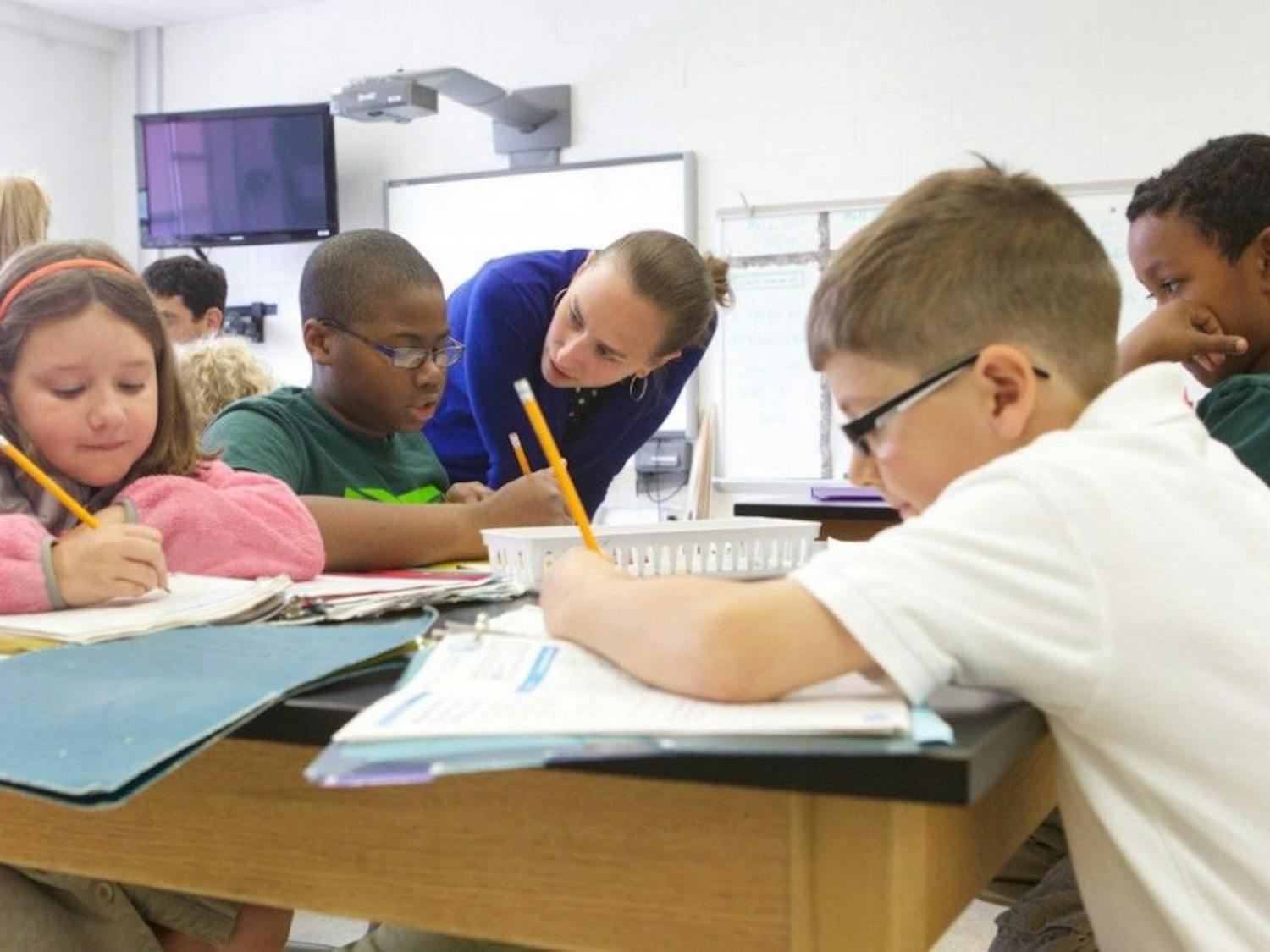After 30 years of wear and tear, Smith Hall is getting renovations and replacements to its fume hoods and air conditioning units.
“It is my understanding that the expected lifetime of the air handling units was 15 years,” said Dr. Theodore Burkey, a professor of chemistry in Smith Hall.
With the high temperatures and humidity, air conditioning is in great demand.
For the past couple of weeks, Smith Hall has had to endure the sacrifice of sweltering in the heat and humidity as part of the fourth phase of the fume hoods replacement project, which has been going on for five years.
The project, funded with the state’s capital maintenance dollars, has been split into four phases and will conclude in November of 2005, according to physical plant vice president Jim Hellums.
“We’re trying to get all of the heavy work out of the way,” Hellums said.
Smith Hall itself will be under renovation until the end of August, Hellums said, but the building’s chosen time for renovation was no better during these 100-plus degree days.
During this time, Smith Hall, which was built in 1969, was and will be without air conditioning in certain parts of the building until the scheduled finished date. The labs are the only places where air conditioning can be found.
Hellums said the project began as a result of an issued safety warning and the future planned placing of new teaching labs. In addition, included work is being done in the life sciences, chemistry, engineering and technology and psychology buildings. He also said work is currently in progress in the bottom floor of Manning Hall.
The time chosen for the renovation has affected some of the staff and students working inside Smith Hall. However, many agreed such a project needed to be done.
Walking out of one of the air-conditioned labs on the third floor of Smith Hall senior chemistry major Tamra Hunsaker said the timing for the replacement could have been put off to a later date due to the heat, but it is needed.
“It’s a necessary process to get the air situation taken care of,” Hunsaker said.
Dr. Richard Petersen and Dr. Abby Parrill, both professors of chemistry, said staff would simply have to stick it out. They said the work being done now would help avoid confusion once more students come back in the fall.
“Getting the work finished now to avoid disruption of fall classes in Smith seems to be the only option,” Petersen said.
Both professors, though, said certain changes had to be made in order to work properly in the heat.
“As a summer class instructor, I moved my class to another building,” Parrill said. Parrill currently has had to move one of her classes to Mitchell Hall.
Petersen said some faculty have been forced to wear shorts, sandals and T-shirts in order to accommodate the conditions.
“Many bring a change of clothes in case sitting under their personal fan brought from home is insufficient to keep them from sweating through their first shirt,” Petersen said. He said some staff even had to turn in vacation days to stay home.
Hellums said these changes could not be done during the regular year due to the sure possibility of disrupting the students, but the project had to be done.
“Most of the buildings were built in the 60s when teaching was heavy, but research was light,” Hellums said. “It had to be updated and modernized for The University’s new role in research.”



